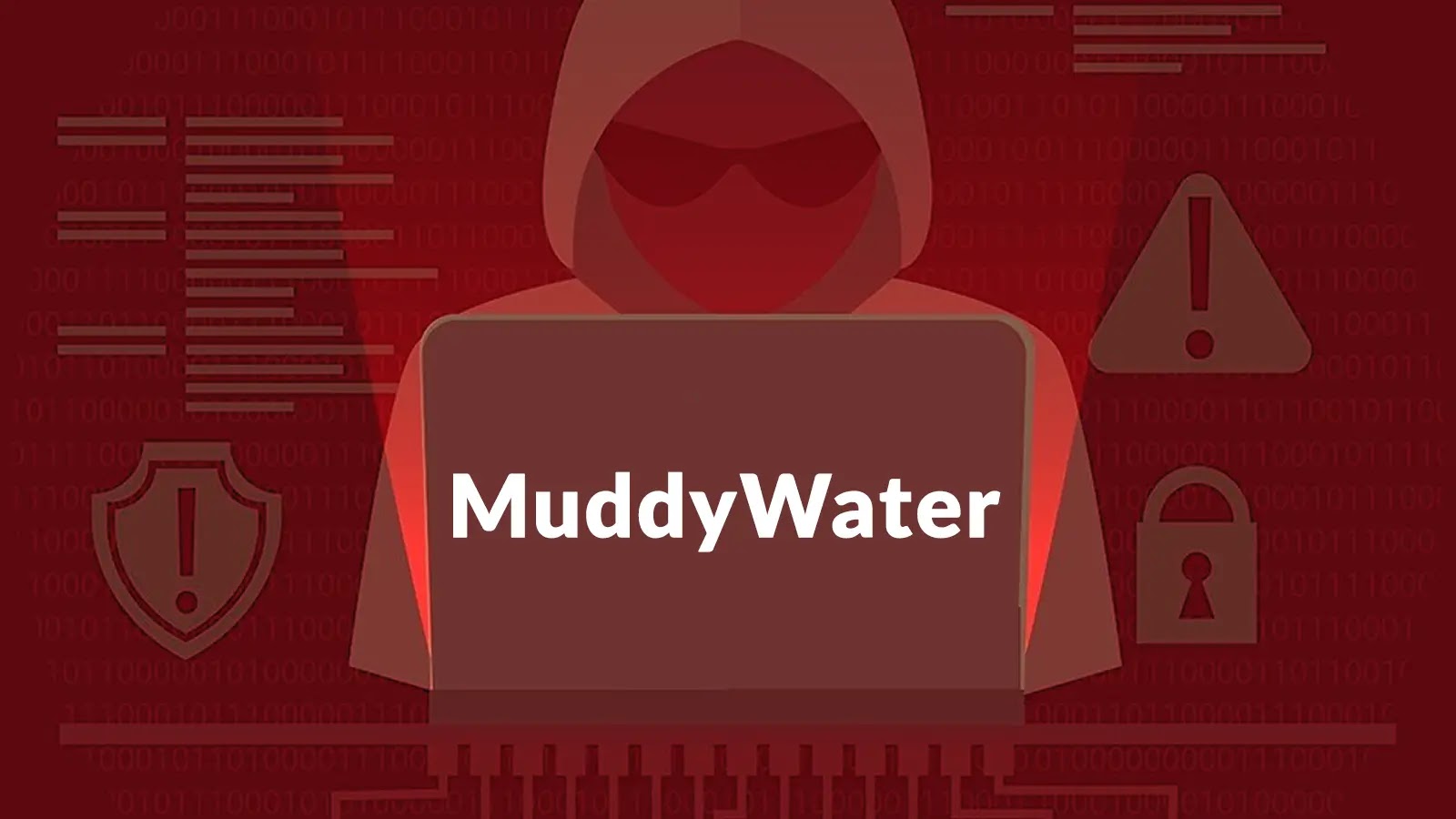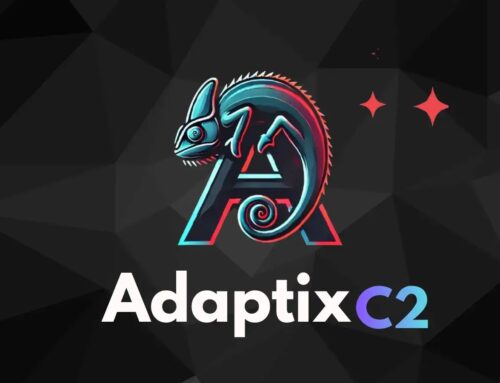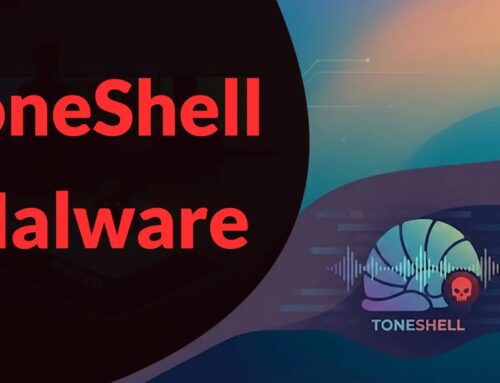
MuddyWater Hackers Using Custom Malware With Multi-Stage Payloads and Uses Cloudflare to Mask Fingerprints
MuddyWater’s Evolving Tactics: Custom Malware, Multi-Stage Payloads, and Cloudflare Evasion
The landscape of cyber threats is in constant flux, and understanding the evolving methodologies of sophisticated adversaries is paramount for robust defense. Since early 2024, cybersecurity teams have observed a significant escalation in the operations attributed to MuddyWater, an Iranian state-sponsored advanced persistent threat (APT) actor. What began with broad remote monitoring and management (RMM) exploits has now morphed into highly targeted campaigns, employing ingenious techniques to evade detection and maintain a persistent foothold within victim networks.
This deep dive will dissect MuddyWater’s current operational strategies, focusing on their custom malware backdoors, multi-stage payloads, and a particularly cunning use of Cloudflare to mask their digital fingerprints. Staying ahead of these adaptable threats requires continuous vigilance and a proactive understanding of their shifting tactics.
From RMM Exploits to Targeted Custom Malware
MuddyWater’s initial surge in activity was characterized by its opportunistic exploitation of commonly used Remote Monitoring and Management (RMM) tools. While effective for initial access and widespread low-impact campaigns, this approach has limitations in terms of stealth and persistent control. The APT group has since demonstrated a strategic pivot towards more bespoke and harder-to-detect techniques.
Their current operational paradigm leans heavily on custom malware backdoors. These aren’t off-the-shelf tools but rather purpose-built implants designed to blend seamlessly into the target environment. This customization allows for:
- Reduced Detection: Custom code often bypasses signature-based antivirus and endpoint detection and response (EDR) solutions that rely on known threat signatures.
- Tailored Functionality: The malware can be specifically designed to achieve particular objectives, whether data exfiltration, reconnaissance, or establishing long-term access.
- Enhanced Persistence: Bespoke methods for persistence make removal significantly more challenging.
The Deception of Multi-Stage Payloads
A hallmark of sophisticated APT groups like MuddyWater is the implementation of multi-stage payloads. This approach significantly complicates analysis and slows down incident response efforts. Instead of deploying a single, monolithic piece of malware, they break the attack chain into several smaller, dependent components.
The process typically involves:
- Initial Dropper: A seemingly innocuous file or script that delivers a tiny, often encrypted, first-stage payload.
- Staging and Decryption: The first-stage payload might then download or decrypt a second stage, which performs further reconnaissance or establishes a more robust communication channel.
- Final Payload Delivery: Only after several preceding stages are successfully executed does the final, fully functional custom backdoor or command-and-control (C2) communication module become active.
This layered approach serves several critical purposes for the attackers:
- Evasion: Each stage is smaller and less suspicious, making it harder for security tools to flag the entire chain as malicious.
- Obscurity: The true intent and capabilities of the malware are not revealed until deep within the infection process, buying the attackers valuable time.
- Resilience: If one stage is detected and neutralized, the preceding stages might not reveal the full extent of the compromise.
Cloudflare as a Cloak: Masking Digital Fingerprints
Perhaps one of the more innovative and concerning evolutions in MuddyWater’s tactics is their strategic utilization of Cloudflare to mask their digital fingerprints. Cloudflare, a legitimate content delivery network (CDN) and security service, offers services like DDoS protection, web application firewalls (WAFs), and DNS management.
MuddyWater weaponizes these capabilities to their advantage by:
- Obscuring C2 Infrastructure: By routing their command-and-control (C2) traffic through Cloudflare, the actual IP addresses of their C2 servers are hidden behind Cloudflare’s vast network. This makes it extremely difficult for defenders to directly block their infrastructure or trace traffic back to its origin.
- Blending with Legitimate Traffic: C2 communications blend in with legitimate web traffic flowing through Cloudflare, making it harder to distinguish malicious activity from normal network operations.
- Leveraging Cloudflare’s Reputation: Traffic originating or terminating with Cloudflare often enjoys a degree of trust, potentially reducing scrutiny from network security devices.
This tactic demonstrates a sophisticated understanding of network infrastructure and a clear intent to leverage common internet services for malicious purposes, complicating threat intelligence and attribution efforts.
Remediation Actions and Proactive Defenses
Defending against an adaptive APT like MuddyWater requires a multi-layered and proactive security strategy. While specific CVEs were not highlighted in the source, the general nature of their attacks, often involving initial access and privilege escalation, means that comprehensive patching and robust monitoring are critical.
- Endpoint Detection and Response (EDR) / Extended Detection and Response (XDR): Deploy and continuously monitor EDR/XDR solutions. These tools are crucial for detecting anomalous behavior, custom malware execution, and multi-stage payload activities that signature-based defenses might miss.
- Network Traffic Analysis (NTA): Implement NTA tools to monitor for unusual patterns in network traffic, especially outbound connections. While Cloudflare masks direct IPs, NTA can still identify suspicious communication patterns, data exfiltration attempts, or connections to newly registered domains.
- Proactive Threat Hunting: Regularly conduct threat hunting exercises to search for indicators of compromise (IOCs) and tactics, techniques, and procedures (TTPs) associated with MuddyWater and other APT groups.
- Implement Zero Trust Principles: Strictly enforce the principle of least privilege for users and applications. Segment networks to limit lateral movement in case of a breach.
- Regular Patch Management: While MuddyWater has shifted from initial RMM exploits, maintaining a rigorous patch management schedule for all operating systems, applications, and network devices remains fundamental. Unpatched vulnerabilities, such as those related to CVE-2023-28252 (a common vulnerability type for privilege escalation), can still serve as initial entry points or facilitate lateral movement.
- User Awareness Training: Educate users about phishing and social engineering tactics, which often serve as the initial vector for sophisticated attacks.
- Ingress/Egress Filtering: Implement strict ingress and egress filtering at the network perimeter. Monitor and alert on connections to unusual or suspicious domains, even if proxied through Cloudflare.
- Cloud Security Posture Management (CSPM): For organizations leveraging cloud services, ensure robust CSPM to identify and remediate misconfigurations that attackers could exploit.
Relevant Tools for Detection and Mitigation
| Tool Name | Purpose | Link |
|---|---|---|
| Elastic Security (SIEM/XDR) | Unified security analytics for endpoint, network, and cloud detection. | https://www.elastic.co/security |
| CrowdStrike Falcon (EDR) | Endpoint protection, detection, and response against advanced threats. | https://www.crowdstrike.com/ |
| Zeek (Network Security Monitor) | Deep network traffic analysis for anomaly detection and forensic investigation. | https://zeek.org/ |
| Splunk Enterprise Security (SIEM) | Collects, monitors, and analyzes security data from various sources. | https://www.splunk.com/en_us/software/splunk-enterprise-security.html |
| Microsoft Defender for Endpoint (EDR) | Endpoint security platform offering protection, post-breach detection, and automated investigation. | https://www.microsoft.com/en-us/security/business/microsoft-defender-for-endpoint |
Conclusion
MuddyWater’s evolution from broad RMM exploits to sophisticated, targeted campaigns employing custom multi-stage malware and leveraging legitimate services like Cloudflare highlights a critical trend in state-sponsored cyber warfare. Defenders must move beyond static defenses and embrace dynamic, intelligence-driven security strategies. By understanding these advanced persistent threats’ TTPs, investing in robust EDR/XDR solutions, implementing stringent network monitoring, and fostering a culture of continuous vigilance, organizations can significantly enhance their resilience against such formidable adversaries.





